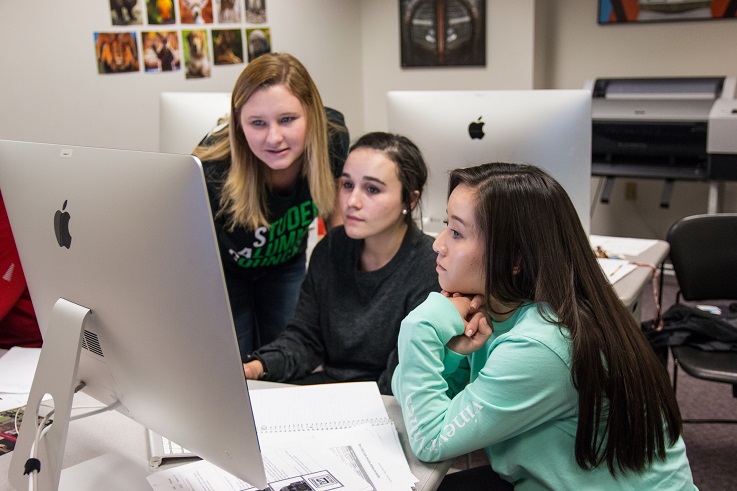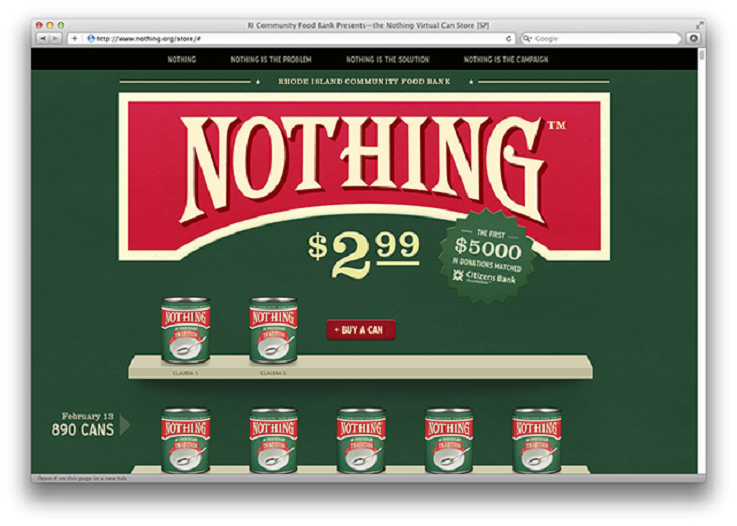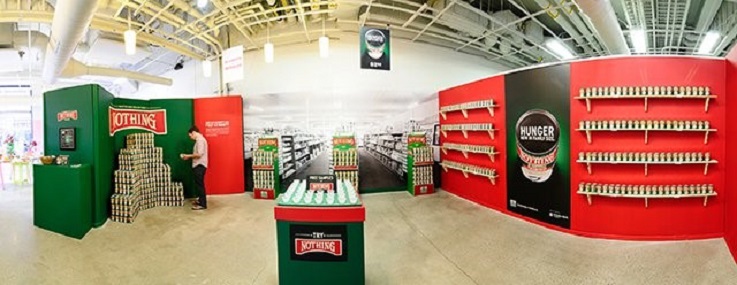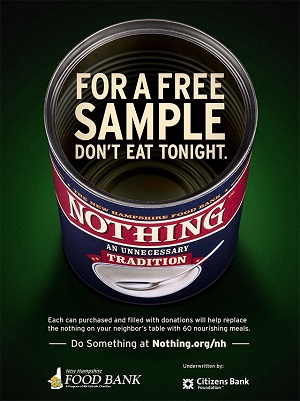Design for Good: How graphic design aids social change

A recent study by the Lovell Corporation finds that Millennials and Generation Z tend to seek meaningful work that not only fulfills their personal goals but also creates social impact and change. In the graphic design community, this trend can be observed through a growing interest in Design for Good projects.
The American Institute of Graphic Arts (AIGA) defines Design for Good as “an ethos to use problem-solving and design thinking towards social change.” In simple terms, graphic designers can use their skills and training to contribute to social initiatives that create meaningful impact in our society. Examples of how graphic design and design thinking can be leveraged to create positive change are found across many social initiatives from homelessness and poverty to public health and conservation.
Take for example how an advertising agency in Providence, Rhode Island created a clever and thought-provoking fundraising campaign to motivate donors to contribute to a local community food bank. Doing so required interviewing prospective donors to understand key impediments to their willingness to give. What they found was that many donors are simply fatigued by the amount of solicitations they receive, yet they are seldom convinced that their hard-earned money makes a difference. Over time, many donors simply begin to feel that nothing can be done to alleviate or end hunger in their local community.

Taking inspiration from this notion of “nothing,” Nail Communications created a campaign with various signage, displays and posters that turned “nothing” into a food brand. The displays featured packaged canned food called “Nothing” with catchy headlines such as, “Zero calories in the worst way possible” and “Hunger. Now in family size” while inviting donors to “Do something at nothing.org” or “give money for Nothing.”

The cleverness of the campaign attracted attention of major advertising outlets including The New York Times to NPR. The campaign quickly became a conversation-starter generating substantial awareness among the target donors and resulting in a 40 percent increase in online donations.
 Beyond designing communications materials for a nonprofit fundraising campaign, Design for Good projects can take on many forms. They leverage design to amplify important social messages in innovative ways. Some additional examples include:
Beyond designing communications materials for a nonprofit fundraising campaign, Design for Good projects can take on many forms. They leverage design to amplify important social messages in innovative ways. Some additional examples include:
- Safety-related messages (e.g. how do we motivate drivers to wear seatbelts)
- Environment-related messages (e.g. how do we motivate consumers to recycle)
- Health communication messages (e.g. how do we motivate smokers to quit smoking)
Students interested in Design for Good projects can get involved by interning for local nonprofits or creative agencies that specialize in cause marketing. At William Woods University, bachelors in graphic design students may also have an opportunity to work with social change organizations through ART 423 — Real Word Graphic Design Studio. Through this course, students apply their graphic design skills by working with real community clients, including nonprofit organizations.
Photo credits: AIGA

